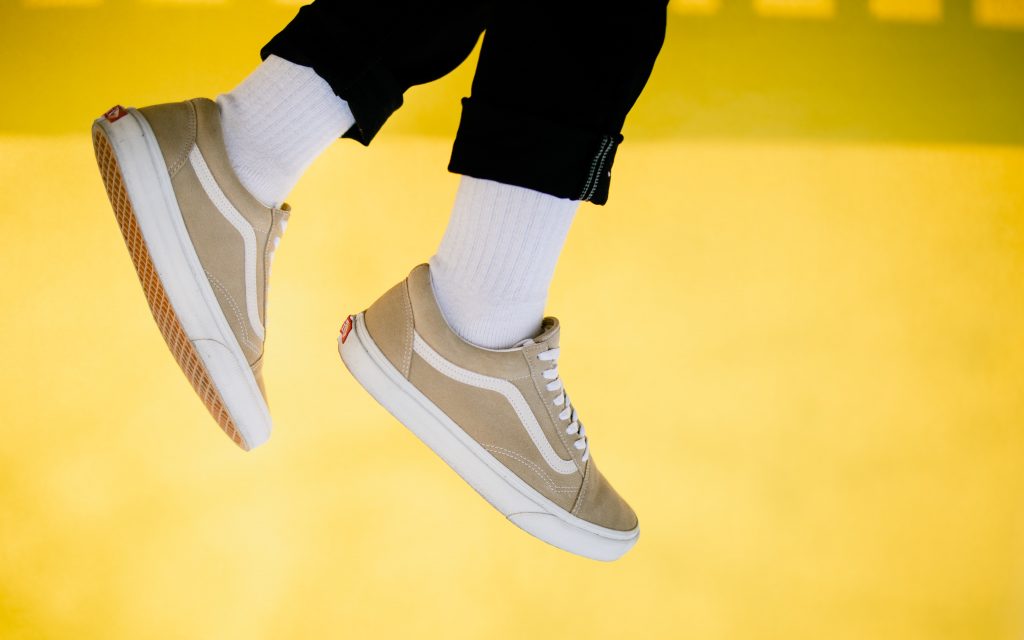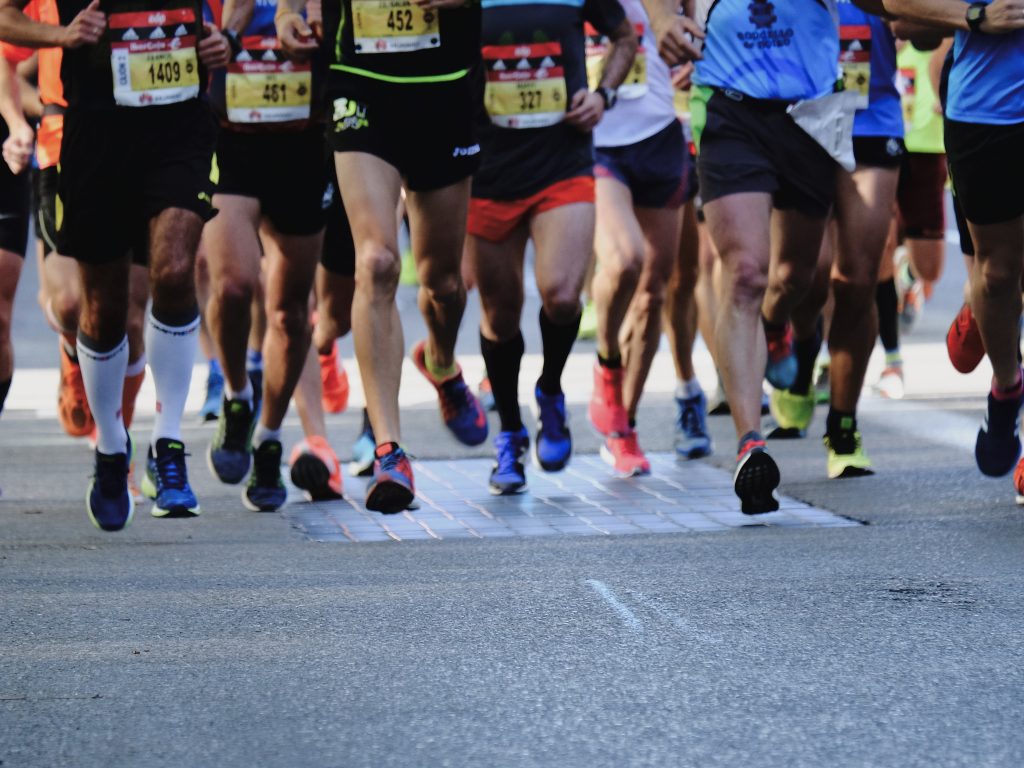As runners, we know that comfort can make or break a run. When it comes to maintaining comfort during intense workouts, moisture-wicking socks emerge as a crucial element. This comprehensive guide delves into the world of moisture-wicking socks, showcasing the top selections that excel in keeping feet cool, dry, and ready to conquer the miles.
The Importance of Moisture-Wicking Socks
Every step you take while running generates heat, causing your feet to perspire. Excess moisture can lead to discomfort, blisters, and even odors. Moisture-wicking socks play a pivotal role in managing this sweat and ensuring a comfortable and irritation-free running experience.
How Moisture Affects Comfort During Runs
Excessive moisture accumulation within your socks can lead to skin irritation, blisters, and discomfort. The friction between damp skin and the sock fabric increases the likelihood of chafing, which can be particularly troublesome during long runs.
Benefits of Wearing Moisture-Wicking Socks
Moisture-wicking socks are designed with specialized fabric technology that swiftly draws sweat away from your skin to the outer surface of the sock. This rapid moisture evaporation prevents discomfort, reduces the risk of blisters, and helps regulate foot temperature.
Key Features to Look for in Moisture-Wicking Socks
When choosing moisture-wicking running socks, keep an eye out for specific features that contribute to their effectiveness.
Fabric Technology for Effective Moisture Management
Look for socks crafted from high-performance synthetic blends or merino wool. These materials are engineered to swiftly move moisture away from the skin, promoting quick evaporation and maintaining dryness.
Arch Support and Cushioning for Enhanced Comfort
Moisture-wicking socks often incorporate additional features such as targeted arch support and cushioning in key areas. These enhancements provide comfort, reduce impact, and promote optimal foot alignment during runs.
Top Picks for Moisture-Wicking Running Socks
To guide your selection, here are our top recommendations for moisture-wicking running socks:
Running Sock 1: [Model Name]
- Features: Advanced moisture-wicking fabric, anatomical cushioning
- Pros: Exceptional moisture control, superior comfort
- Cons: Slightly higher price point
Running Sock 2: [Model Name]
- Features: Merino wool blend, temperature regulation
- Pros: Natural moisture-wicking, suitable for various conditions
- Cons: May feel bulkier than synthetic options
Running Sock 3: [Model Name]
- Features: Breathable mesh panels, seamless design
- Pros: Efficient moisture transfer, minimizes friction
- Cons: Limited color choices
Choosing Socks for Different Running Conditions
The type of moisture-wicking socks you choose can depend on the running conditions you frequently encounter.
Socks for Hot Weather vs. Cold Weather Running
In hot weather, opt for socks with enhanced breathability to prevent excessive sweat buildup. For cold weather, choose socks that balance moisture management with insulation to keep your feet dry and warm.
Socks Suitable for Long-Distance or Interval Training
Long-distance runners may benefit from additional cushioning and arch support, while interval trainers might prioritize lightweight and snug-fitting socks that promote agility.
Preventing Blisters and Chafing
One of the most significant advantages of moisture-wicking socks is their ability to reduce the risk of blisters and chafing.
How Moisture-Wicking Socks Reduce the Risk
By swiftly moving moisture away from your skin, these socks create a less conducive environment for friction. This reduction in friction helps prevent blisters and chafing.
Tips for Preventing Foot Discomfort
- Choose socks with a snug but not tight fit to avoid bunching or excess movement.
- Apply anti-chafing balms or powders on areas prone to friction.
- Trim your toenails to prevent them from rubbing against the sock fabric.
Caring for Moisture-Wicking Running Socks
To ensure your moisture-wicking socks maintain their performance, follow these care guidelines:
Proper Washing and Drying Techniques
- Wash your socks in cold water to preserve fabric integrity.
- Avoid using fabric softeners, as they can inhibit moisture-wicking capabilities.
- Air dry your socks or use a low-heat setting on your dryer.
Storage Recommendations for Longevity
Store your socks in a dry, well-ventilated area to prevent moisture buildup. Avoid leaving damp socks in an enclosed space, as it can lead to odor and fabric degradation.
Conclusion
Moisture-wicking socks are an indispensable asset for runners seeking comfort, performance, and foot health. By investing in top-quality socks designed to keep feet cool and dry, you’re setting yourself up for successful and enjoyable runs.
FAQs
- Are moisture-wicking socks suitable for all types of runners?
- Yes, moisture-wicking socks benefit runners of all levels, from beginners to seasoned athletes.
2. Can I wear moisture-wicking socks for activities other than running?
- Absolutely, these socks are designed for various physical activities where moisture management is essential.
3. How frequently should I replace my moisture-wicking socks?
- It’s recommended to replace your socks every six to twelve months, depending on wear and wash frequency.
4. Can moisture-wicking socks completely eliminate blisters?
- While they significantly reduce the risk, proper fit, shoe selection, and foot care practices also contribute to blister prevention.
5. Can I machine wash moisture-wicking socks with other laundry?
- Yes, but avoid washing them with items that may have zippers or Velcro to prevent fabric snagging.


